Welcome, fellow axolotl enthusiasts! I’m beyond thrilled to share with you everything I’ve learned about the captivating world of Copper Melanoid Axolotls. These extraordinary creatures, with their unique color and mesmerizing appearance, have not only captivated my heart but also ignited a deep passion for understanding and caring for them.
In this article, I’ll guide you through the essentials of nurturing these splendid beings, drawing on my own experiences and challenges. You’ll learn about their specific habitat needs, dietary requirements, and how to create an environment that mimics their natural ecosystem, ensuring they thrive under your care. We’ll also explore some fascinating facts about their behaviors, health management, and how to foster a deep connection with your Copper Melanoid Axolotl.
Key Takeaways
Through my adventure with Copper Melanoid Axolotls, I’ve gathered some invaluable insights that I believe every potential or current axolotl keeper should know. Here are the key takeaways from my personal experience:
- Ensure the Right Environment: Keeping the water temperature between 60-68°F (15-20°C) and mimicking natural daylight cycles with LED aquarium lights can make a world of difference in your axolotls’ well-being.
- Water Quality is Paramount: A gentle water flow, mimicking their natural habitat while ensuring pristine water conditions, significantly impacts their health and happiness.
- Breeding Requires Dedication: From understanding their unique reproductive behaviors to setting up a separate breeding tank, the process is intricate but incredibly rewarding. Patience and careful observation are your best tools.
- Rearing Fry is a Commitment: It’s not just about breeding; it’s about nurturing the next generation. Frequent water changes and proper feeding are crucial during this sensitive stage.
- Understanding Genetics Enhances Breeding Success: Knowledge of genetic principles and morph variations can vastly improve your breeding outcomes and lead to fascinating discoveries.
- Ethical Breeding Practices are Non-Negotiable: Always approach breeding with the axolotls’ well-being in mind, ensuring that each offspring has a chance for a healthy life.
Characteristics of Copper Melanoid Axolotls
A. Description and Appearance
From my very first encounter with a Copper Melanoid Axolotl, I was absolutely spellbound by their ethereal beauty. These are not your ordinary axolotls. Picture this: a sleek, graceful creature, almost metallic in texture, gliding through the water. Their skin has this captivating copper hue that sparkles subtly under the aquatic lights, resembling a precious artifact that’s come to life. Their feathery gills, a vibrant contrast, flutter like delicate flowers in a gentle breeze. It’s truly a sight to behold!
B. Unique Features and Coloration of Copper Melanoid Variety
Now, the Copper Melanoid Axolotls stand out from their brethren not just in behavior but in their striking coloration. What makes them so alluring is the lack of the typical shiny pigment spots that adorn other axolotl varieties. This gives their coppery complexion an even, matte finish, making them a rare jewel in the axolotl world. Having raised these mesmerizing creatures, I can tell you—their coloration is like the setting sun, with shades ranging from soft, dusky oranges to deep, burnished reds. Each one is a masterpiece, a living, breathing work of art.
C. Origin and Breeding History
Digging into their origins has been an adventure in itself! Unlike the more common axolotl varieties, the Copper Melanoid has a tale that’s shrouded in a bit of mystery. My research and conversations with fellow enthusiasts suggest that these extraordinary creatures are the result of selective breeding, aimed at enhancing both their unique coloration and the melanoid gene, which suppresses shiny pigmentation. This careful, loving effort by breeders over generations has gifted us with the Copper Melanoid Axolotls we know and adore today.
D. Behavioral Traits
Moving on to their behavior, Copper Melanoid Axolotls are as fascinating in their habits as they are in appearance. In my experience, they exhibit a curious and observant nature. They’re not just passive dwellers; they actively explore their environment, gracefully meandering around plants, and sometimes even engaging with their human caretakers with what can only be described as a keen interest. It’s this interactive aspect that deeply enriches the experience of caring for them.
E. Environmental Adaptation and Care
Providing the right environment for these aquatic marvels is vital. Through trial and error, I’ve learned that Copper Melanoid Axolotls flourish in cooler, well-oxygenated water, mirroring the mountain lake conditions of their ancestral home. They thrive on a varied diet, from bloodworms to small feeder fish, which keeps them healthy and vibrant. Creating a space that replicates their natural habitat, with plenty of hiding spots and a gentle current, has been key to my success in nurturing these captivating creatures.
Housing Requirements for Copper Melanoid Axolotls
Creating the perfect home for your Copper Melanoid Axolotl is key to ensuring they lead a happy and healthy life under your care. I’m thrilled to share my insights and tips on how to set up an ideal environment for these charming creatures.
A. Tank Size and Setup
First and foremost, the tank size plays a crucial role in the wellbeing of your axolotl. For a single Copper Melanoid Axolotl, I recommend starting with a minimum of a 20-gallon tank. This provides ample space for them to roam, explore, and grow without feeling constrained. If you’re planning on keeping more than one, you’ll need to increase the tank size accordingly to prevent any territorial disputes and ensure each axolotl has its own space. I’ve found that creating a setup that mimics their natural habitat—think soft, fine substrate, plants, and hideouts—makes them feel secure and at ease.
B. Water Parameters: Temperature, pH, and Hardness
Getting the water parameters right is vital for the wellbeing of your Copper Melanoid Axolotl. They prefer cooler water, ideally between 60-68°F (15-20°C). Keeping the temperature stable is crucial; sudden changes can cause stress or health issues. The ideal pH level should be between 7.4 and 7.6, with a general hardness (GH) of 7-14 dGH. Regular monitoring and adjustments are essential to maintain these conditions, ensuring your axolotl’s environment is just right.
C. Filtration and Water Quality Maintenance
A robust filtration system is the backbone of a healthy axolotl tank. Copper Melanoid Axolotls are sensitive to poor water quality, so I’ve learned that a filter designed to handle more than the tank’s volume is a wise investment. It’s all about balance; you want to ensure the water is clean and well-oxygenated without creating a strong current that could stress them out. Regular water changes—about 20% per week—have been my routine to remove toxins and keep the water pristine. Testing the water weekly for ammonia, nitrite, and nitrate levels helps catch any issues early, preventing potential health problems.
D. Lighting and Decor
From my experience, Copper Melanoid Axolotls don’t require special lighting and actually prefer dimmer conditions, akin to their natural, murky habitats. Avoid bright lights that can stress them out, opting instead for subtle, indirect lighting that allows them to thrive. When it comes to decor, safety and comfort should be your top priorities. Use smooth, rounded decorations to prevent injury, and invest in live plants like java ferns or anubias, which not only beautify the tank but also contribute to water quality.
E. Diet and Feeding Area
Lastly, setting up a designated feeding area can help keep the tank clean and make meal times a breeze. I’ve designated one corner of the tank for feeding, using a shallow dish where I place their food. This not only helps in monitoring how much they eat but also minimizes food scattering, keeping the tank cleaner.
Feeding and Diet for Copper Melanoid Axolotls
Crafting the perfect diet for your Copper Melanoid Axolotl isn’t just about nutrition; it’s a gateway to ensuring their happiness and longevity! I’m thrilled to share my personal experiences and recommendations to help you delight your aquatic pals with a banquet they’ll thrive on.
A. Dietary Preferences: Live, Frozen, and Pelleted Foods
In my adventure as an axolotl caretaker, I’ve discovered that variety is not just the spice of life; it’s the key to health! Copper Melanoid Axolotls have shown a preference for a mix of live, frozen, and pelleted foods. Live foods like bloodworms, blackworms, and brine shrimp aren’t just meals; they’re moving targets that stimulate your axolotl’s natural hunting instincts. Frozen foods offer convenience and variety, while high-quality pelleted foods provide a balanced diet. I’ve noticed my axolotls showing more vibrant colors and activity when their diet is rich and varied.
B. Feeding Frequency and Portions
Decoding the right balance of frequency and portions can be tricky, but through observation and patience, I’ve found a rhythm that works wonders. Juvenile axolotls, with their higher metabolism, flourish on being fed once a day. Adults, however, do well with every other day, preventing overfeeding and obesity. Portion size is crucial; a good rule of thumb is offering food that’s roughly the size of their head. This keeps them satisfied without overeating.
C. Providing Variety and Nutritional Balance
Ensuring a diet that’s both varied and nutritionally balanced has become my mantra. Each type of food brings different nutrients to the table, supporting overall health, growth, and energy levels. I make it a point to rotate between live, frozen, and pelleted foods, carefully selecting products that are high in essential nutrients and low in fillers.
D. Understanding Nutritional Needs
It’s vital to understand the specific nutritional needs of Copper Melanoid Axolotls. These fascinating creatures require a diet low in fat and high in protein, especially when they’re young and growing. Supplements like calcium can be necessary to prevent bone density issues. I’ve learned the importance of reading labels and consulting with vets or experienced breeders to ensure my axolotls get the nutrition they need.
E. The Role of Treats in Their Diet
Just like us, axolotls enjoy the occasional treat! I like to offer treats such as daphnia or earthworms, which are not only delicious for them but are also packed with nutrition. However, it’s crucial to offer treats sparingly as part of a balanced diet. Treats can be a great way to bond with your axolotl, watching them enjoy their food can be incredibly rewarding!
Tankmates and Compatibility
Caring for Copper Melanoid Axolotls has been a fascinating journey, and finding suitable tankmates is a chapter worth exploring! Through trial and error, I’ve discovered the dos and don’ts that ensure a harmonious tank environment. Here’s what I’ve learned:
A. Suitable Tankmates for Copper Melanoid Axolotls
From my experience, the list of suitable tankmates for Copper Melanoid Axolotls is quite short. These guys are best kept with their own kind. However, if you’re determined to add diversity to your tank, snails and some types of shrimp can coexist with axolotls. They generally ignore these tankmates, and there’s minimal risk of aggression. Just be sure any additions are not small enough to be considered food, and that they thrive in similar water conditions.
B. Compatibility with Other Axolotl Varieties
Mixing different varieties of axolotls can add an exciting dynamic to your tank. Fortunately, Copper Melanoid Axolotls tend to get along well with other axolotl morphs, provided there’s ample space and food. Just watch out for size differences—larger axolotls might unintentionally bully smaller ones during feeding times. From my adventures, keeping axolotls of similar sizes together has been key to maintaining peace in the tank.
C. Avoiding Aggression and Overcrowding
One lesson I’ve learned is that space is precious. Axolotls are territorial creatures, and overcrowding can lead to stress and aggression. To prevent this, I ensure each axolotl has enough room to roam, hide, and feed without feeling threatened by tankmates. A general rule is to have at least 20 gallons for the first axolotl and an additional 10 gallons for each thereafter. This seems to keep everyone happy and healthy.
D. Monitoring Interactions Carefully
Despite your best efforts, not all introductions go smoothly. Constant monitoring during the initial phase of adding new tankmates is crucial. Look out for signs of stress or aggression, such as refusal to eat, excessive hiding, or physical confrontations. Quick intervention can prevent harm and ensure the wellbeing of all inhabitants.
E. Creating Hiding Spots and Territorial Boundaries
Lastly, creating a tank layout that offers multiple hiding spots and territory markers can significantly improve compatibility. I use plants, caves, and tunnels to break the line of sight and give each axolotl its own sanctuary. This setup mimics their natural habitat and helps maintain a stress-free environment for all.
Health and Disease Management
Navigating through the health and well-being of Copper Melanoid Axolotls has taught me invaluable lessons. Here, I’ll share insights on common health issues, preventive measures, and the importance of recognizing signs of illness.
A. Common Health Issues in Axolotls
In my experience, several health issues can arise, especially if their living conditions are not optimal. Fungal infections present as fluffy white growths on the skin, while bacterial infections can cause redness, swelling, or ulcers. Axolotls are prone to impaction from ingesting gravel or inappropriate-sized food. Also, poor water quality can lead to Stress Syndrome, which makes axolotls more susceptible to diseases.
B. Preventive Measures: Water Quality, Diet, and Habitat
Prevention is key to keeping axolotls healthy. Maintaining pristine water conditions through regular water changes and monitoring water parameters prevents numerous health issues. A balanced diet, as I’ve mentioned before, supports their immune system. Tailoring their habitat to mimic their natural environment reduces stress, a common precursor to illness. I ensure their substrate is axolotl-safe to prevent impaction and provide hiding spots to simulate a natural habitat.
C. Recognizing Signs of Illness and Seeking Veterinary Care
Early detection of illness can be lifesaving. Look out for lethargy, loss of appetite, skin abnormalities, and unusual swimming patterns. If you notice these signs, consult with a veterinarian specializing in amphibians. They can offer specific treatments or changes in care. Having a go-to vet has been a game-changer for the health of my axolotls.
D. Quarantine Protocols for New Arrivals
I’ve learned the hard way that introducing new axolotls directly into an established tank can introduce diseases. Setting up a quarantine tank for any new arrivals for at least two weeks allows me to monitor them for any signs of illness before introducing them to my main tank. This step is crucial for preventing the spread of disease.
E. Yearly Health Check-ups
Though it might seem excessive, annual vet visits for health check-ups can catch issues before they become serious. A thorough examination by someone experienced with axolotls provides peace of mind and ensures any dietary or environmental adjustments needed for their health and longevity.
Enrichment and Habitat Enhancement
Venturing into the domain of Enrichment and Habitat Enhancement for Copper Melanoid Axolotls has significantly elevated my approach to caring for these fascinating creatures. It’s all about creating a stimulating environment that mimics their natural habitat as closely as possible. Here, I share with you, from my own experiences, how to enrich your axolotl’s living space, promoting happiness and health.
A. Providing Hiding Places and Shelter
One of the first lessons I learned in my axolotl-keeping journey was the value of providing ample hiding places and shelters. Axolotls, by nature, are not the most social creatures and often crave solitude, especially during the daytime. I’ve found that including caves, tunnels, and even PVC pipes gives them the perfect spots to retreat and de-stress. Observing how they maneuver through these hiding spaces and choose their favorite spots can be quite enriching for both the axolotls and the keeper.
B. Aquascaping Ideas for Axolotl Tanks
Aquascaping isn’t just for the planted tank enthusiasts; it can significantly benefit your axolotl tank too. I use a combination of live plants (ensuring they can thrive in the cooler temperatures axolotls require), smooth, large rocks, and driftwood to create a visually appealing and functional environment. The key is to ensure that any decorations don’t have sharp edges and are stable enough not to topple over onto your pet. Live plants, in particular, are not just decorations but also contribute to the tank’s ecosystem by providing oxygen and potentially even small food particles for your axolotl to enjoy.
C. Stimulating Natural Behaviors through Environmental Enrichment
To keep things interesting for my axolotls, I often change the layout of their tank slightly every few months. This alteration encourages them to explore and adjust to new settings, mimicking the changing environment they’d experience in the wild. Additionally, introducing live food like earthworms can stimulate their natural hunting instincts. Watching an axolotl hunt is not only fascinating but also encourages them to be more active and engage in natural behaviors.
D. Temperature and Lighting Considerations
A crucial albeit often overlooked aspect of habitat enhancement is getting the temperature and lighting right. Axolotls thrive in cooler water, typically between 60-68°F (15-20°C). I use fans or a chiller to maintain these temperatures, especially during hot spells. Lighting should mimic natural daylight cycles without being too bright or generating heat. I’ve found that using LED aquarium lights on a timer helps regulate these cycles without risking overheating, providing a natural rhythm to their day.
E. The Importance of Water Flow
Interestingly, while axolotls prefer still waters in their natural habitat, a slight water flow in the aquarium can enhance their living environment. I use a gentle filter outflow to create a minor current, replicating the slow-moving waters they’re adapted to. This not only benefits the tank’s water quality but seems to energize them, encouraging gentle swimming against the current.
Breeding and Reproduction
Breeding Copper Melanoid Axolotls has been an enlightening and rewarding venture in my axolotl-keeping experience. Here, I’ll share insights into their reproductive behaviors, how to set up a breeding tank, and the joys and challenges of rearing baby axolotls (fry). I’ve also included some additional insights that might help those considering this rewarding challenge.
A. Overview of Axolotl Reproductive Behavior
From my experience, axolotls exhibit fascinating reproductive behaviors worth observing. They become sexually mature at about 12-18 months of age, depending on factors like genetics and the quality of their care. During breeding, a male axolotl performs a nuptial dance to attract a female, depositing spermatophores which the female then picks up to fertilize her eggs. The courtship and breeding process can be subtle, but knowing what to look for drastically increases your chances of successful mating.
B. Breeding Setup and Conditions
Creating the ideal breeding setup is crucial for the health of your axolotls and the success of their offspring. I use a separate tank for breeding, ensuring it’s spacious enough to accommodate their unique behaviors and water changes. The temperature should be kept slightly cooler than the main tank to mimic the breeding conditions in their natural habitat. I’ve found that gentle filtration and an air stone for adequate oxygenation without creating excessive flow is a delicate balance that leads to successful breeding.
C. Rearing Fry and Caring for Offspring
Rearing axolotl fry has been one of the most rewarding experiences. Initially, fry feed on microorganisms (infusoria), but as they grow, they require larger food, such as baby brine shrimp. It’s vital to keep the water pristine to prevent diseases, which can be a challenge with the waste fry produce. Frequent, gentle water changes and a well-cycled sponge filter have been my go-to methods. Watching these tiny creatures grow and develop their unique colors and patterns is genuinely fascinating.
D. Understanding Genetics and Morph Variations
Breeding also provides an incredible opportunity to explore genetics and morph variations among axolotls. The Copper Melanoid morph, for instance, results from specific genetic combinations that can produce a range of beautiful variations. Understanding genetic principles has allowed me to predict the possible outcomes of different pairings, making breeding not just an art but a science.
E. The Ethical Considerations of Breeding
Finally, I believe it’s crucial to discuss the ethical considerations of breeding axolotls. It’s not just about producing as many fry as possible but ensuring each has a chance for a healthy, well-cared-for life. This means having a plan for the offspring, understanding the commitment required, and recognizing the responsibility we have towards these unique creatures. Breeding should always be done with the well-being of the axolotls as the top priority.
My Opinion on Copper Melanoid Axolotls
From my personal experience, I must say that keeping and breeding Copper Melanoid Axolotls has been an incredibly enriching part of my life. These creatures, with their unique colors and fascinating behaviors, have not only added beauty to my world but have deepened my understanding of aquatic life and the responsibilities that come with it. Sharing my home with them has taught me patience, the importance of meticulous care, and the joy of witnessing the natural wonder of their development.
For those considering bringing Copper Melanoid Axolotls into their lives, my advice is to go into it with passion and preparation. They require more than just a tank of water to thrive; they need your commitment to creating a habitat that mirrors their natural environment as closely as possible, and your dedication to their well-being. The effort is well worth it, though. The connection you’ll form with these remarkable amphibians and the satisfaction of successfully nurturing them is, frankly, unmatched. If you’re ready for the challenge, the Copper Melanoid Axolotl can offer an incredibly rewarding experience.

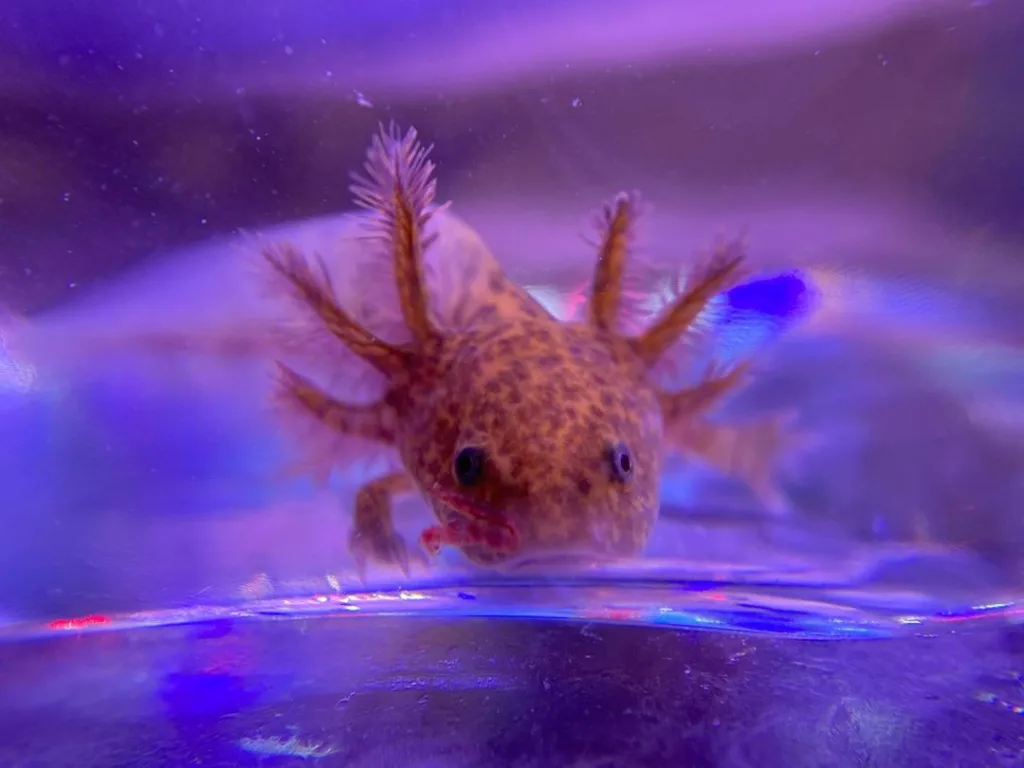
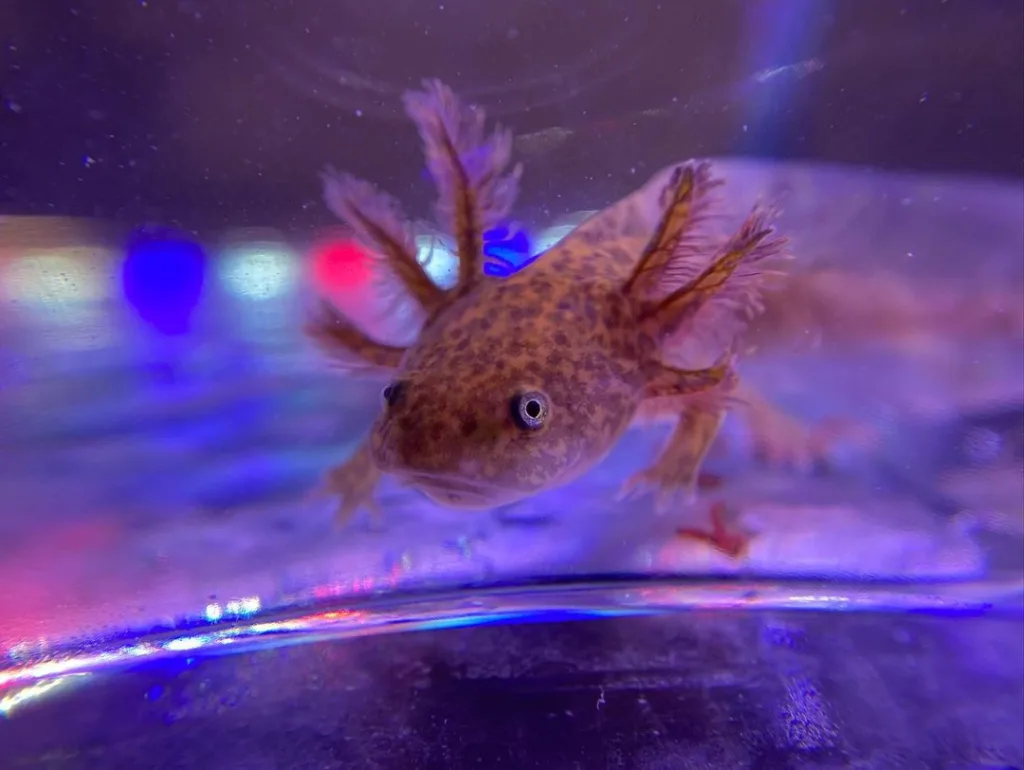
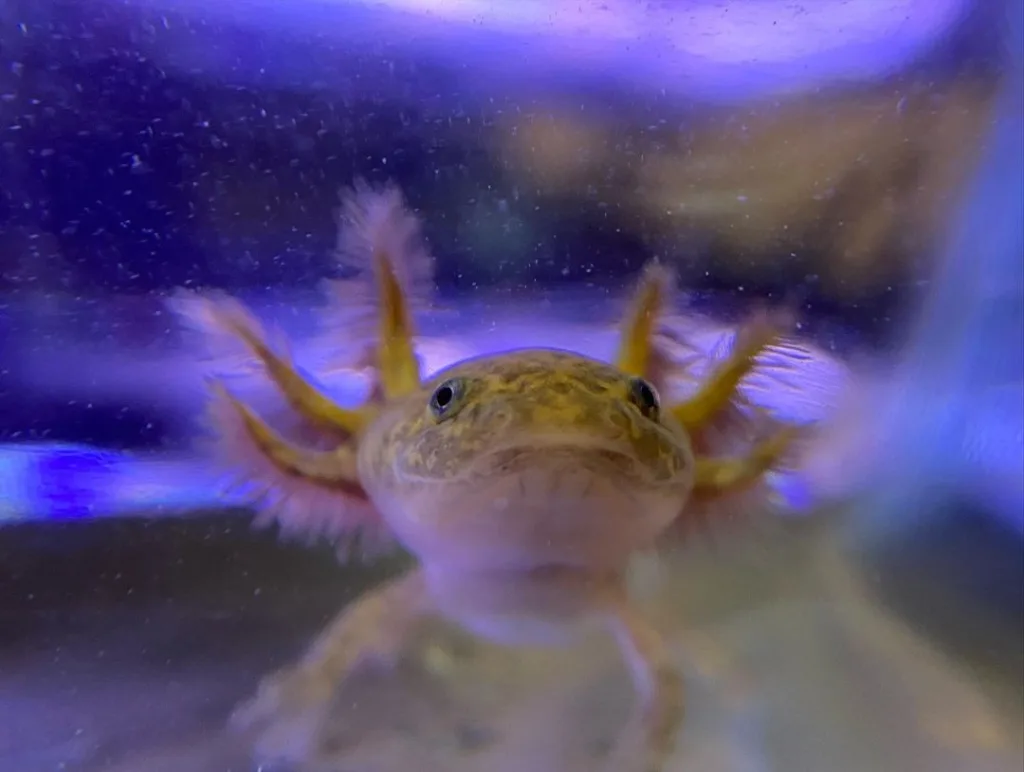

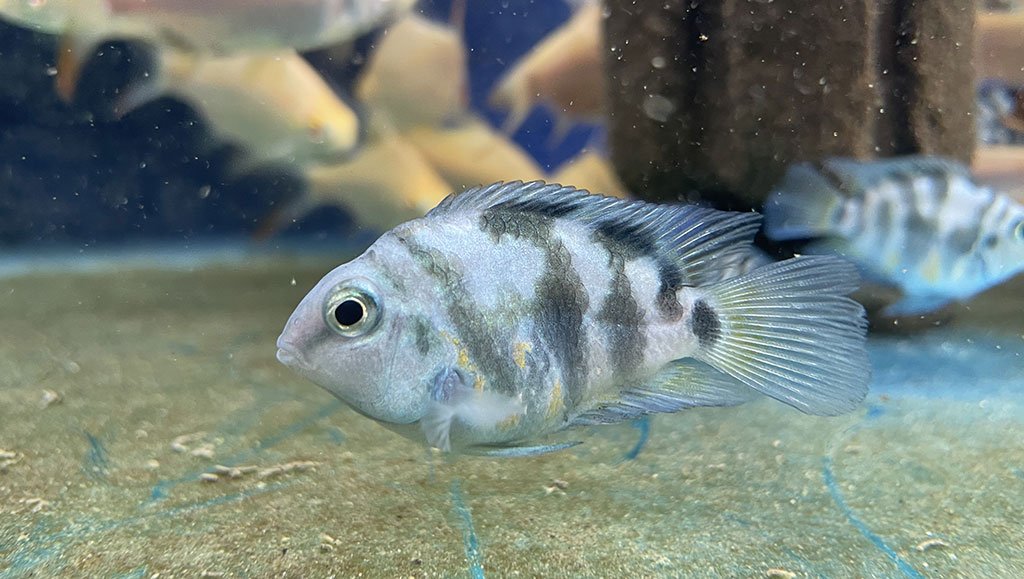
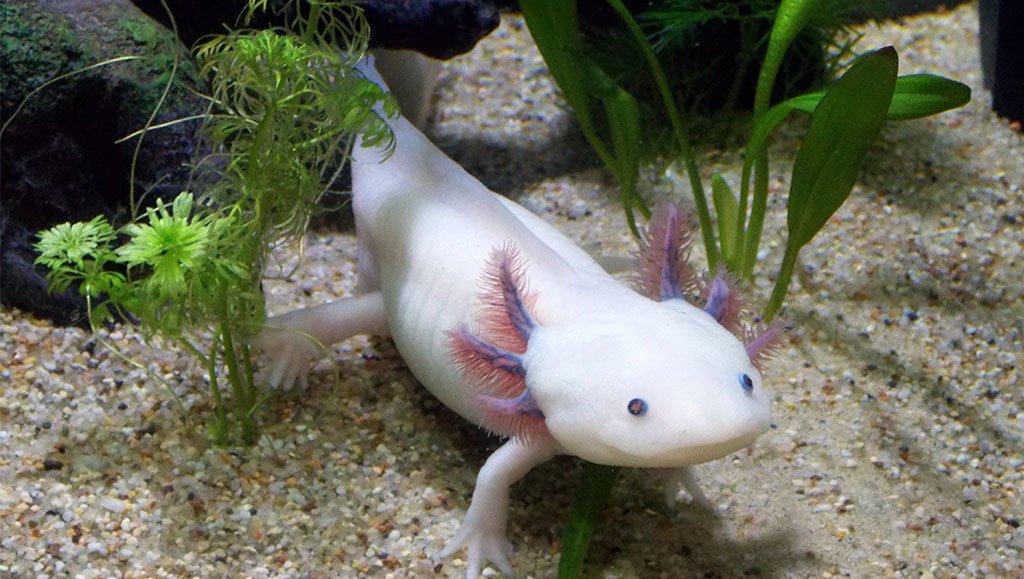

Your blog is a beacon of light in the often murky waters of online content. Your thoughtful analysis and insightful commentary never fail to leave a lasting impression. Keep up the amazing work!